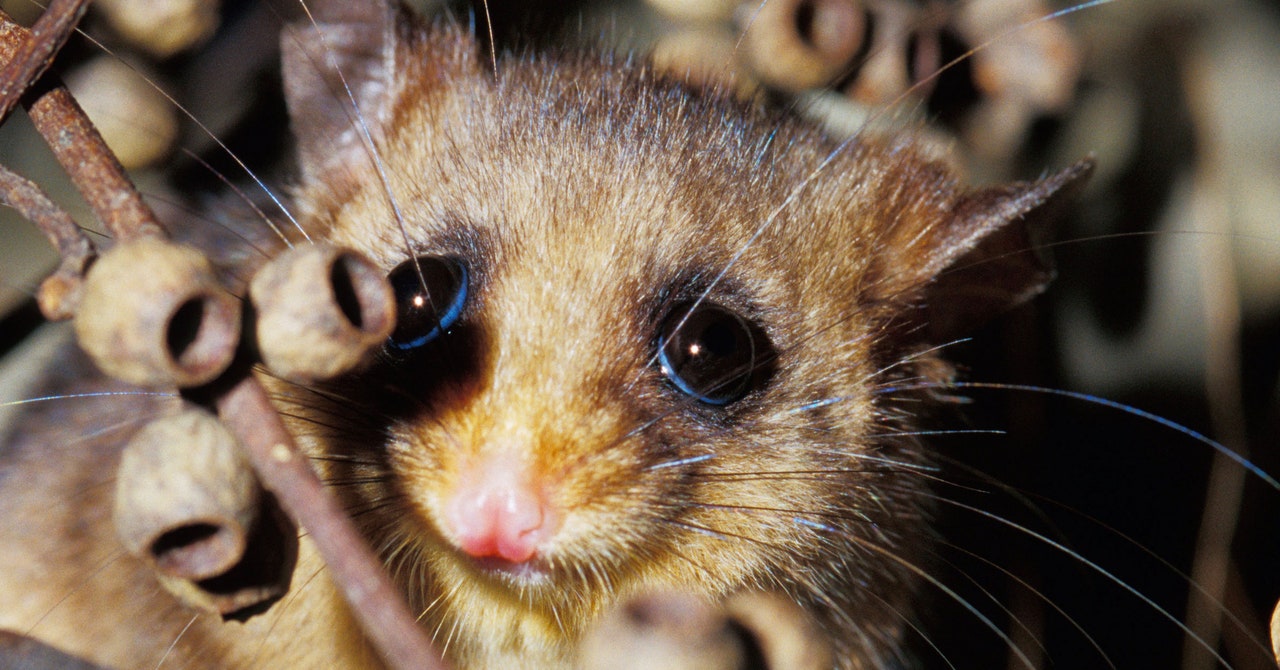
“There are a lot of species out there that are overlooked, and when you get to know them they are just as charismatic and beautiful as the ones we’re aware of,” says Gumbs. According to the EDGE2 metric, our highest-priority mammal should be the mountain pygmy possum, a tiny marsupial that exists in the wild across a few square kilometers of Australia’s Victorian Alps. Of the mammals for which we don’t have good conservation data, the most edgy is the long-eared gymnure, a relative of hedgehogs that’s found mostly in Laos. EDGE rankings have also been calculated for amphibians, birds, corals, reptiles, sharks, rays, and gymnosperms, a group of plants that includes conifers and cycads.
Thinking about animals in terms of their evolutionary distinctiveness has caught on. The EDGE metric was one of the indicators selected for the post-2020 Global Biodiversity Framework—a major biodiversity pact adopted by the UN in December 2022. The group that puts together the red list of at-risk species, the International Union for the Conservation of Nature, also has a phylogenetic diversity task force, which Gumbs is deputy chair of. One growing focus, Gumbs says, is protecting whole ecosystems that preserve lots of evolutionarily distinct plants and animals rather than concentrating on single species.
Of course, evolutionary distinctiveness is only one way to think about conservation priorities. Groups that decide which projects to fund, where to place protected areas, and which species to focus on tend to look at a broad number of factors before they make any big decisions. But the EDGE2 metric gets at something interesting, says Rafael Molina Venegas, a professor of plant biodiversity at Universidad Autónoma de Madrid in Spain. If you think about all the species out there as unique books, then evolutionarily distinct species are like very old, unique tomes of which there are only a handful of copies. If you lose these rare species, then a trove of the world’s evolutionary history is just gone forever.
And there’s another reason to care about evolutionary distinctiveness. Molina Venegas’ work has found that if we pick plant species based on their evolutionary uniqueness, we’d end up protecting more plant species that are useful to humans than if we took a random approach to picking species. In other words, reaching for uniqueness seems to be a practical way to think about which species to protect.
One way to think about the EDGE metric is to imagine armageddon. A rogue asteroid is a year out from destroying Earth. Fortunately, scientists have identified a completely empty Earth-like planet somewhere else in the Universe. All we have to do is decide which species we want to cram on board our spaceship and bring to the new planet. Evolutionary distinctiveness might not be a bad starting point, says Molina Venegas. That way you’d bring along a wide range of creatures, each with a unique function on the new planet. “The hope is that they will complement each other in the new ecosystem that would have to grow there,” he says.
In many ways humans are enacting a slow-motion armageddon upon Earth’s biodiversity. We don’t need to ready the spaceship just yet, but we do need to think carefully about the tools we have to stem the loss of irreplaceable species. We have tools like scientific research, gene-banking, and conservation areas. The way we think about biodiversity is also a crucial tool. Everyone wants to save the animals, but we live in a world where species are competing for limited conservation resources and against humanity’s rapacious expansion. Unless we make tough decisions about which species to protect, the math just doesn’t add up.


